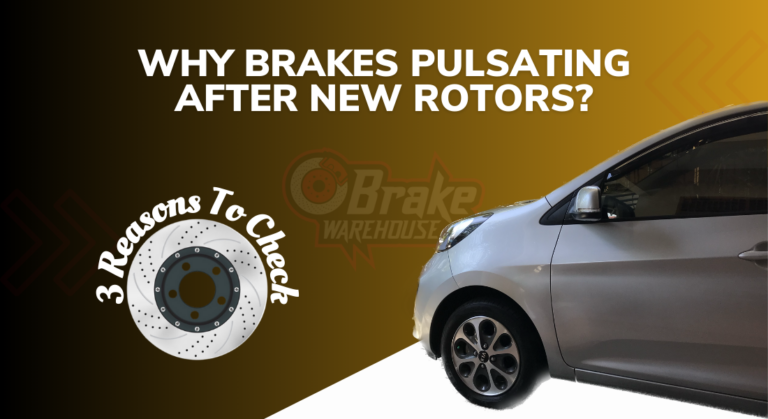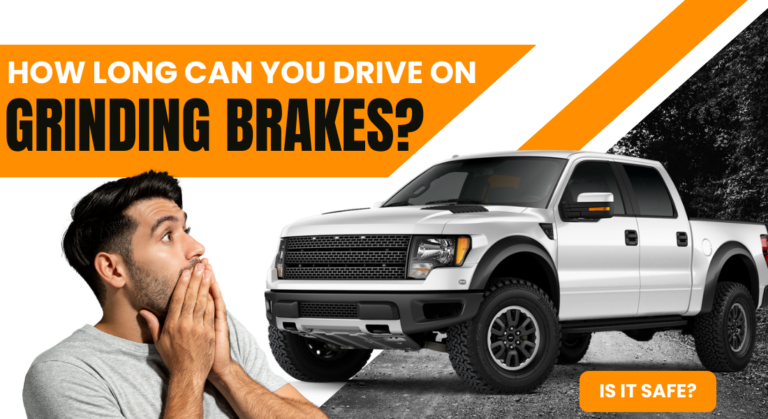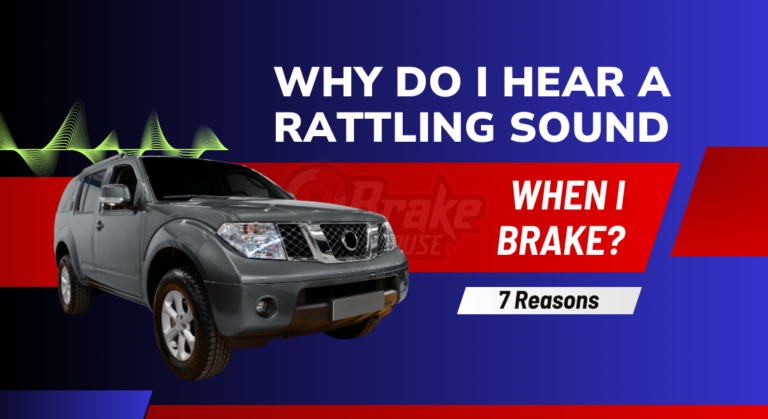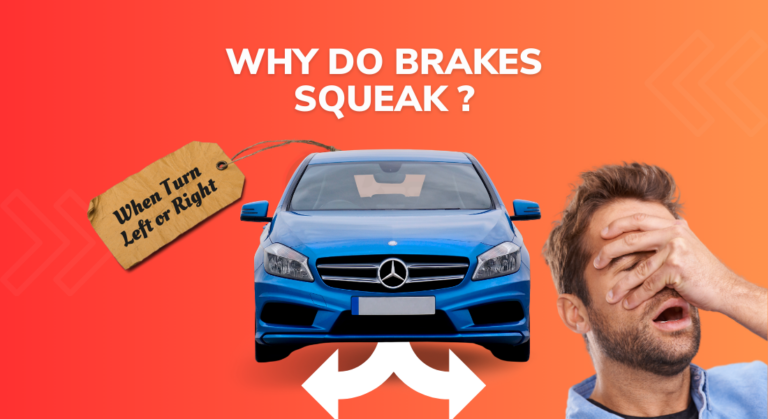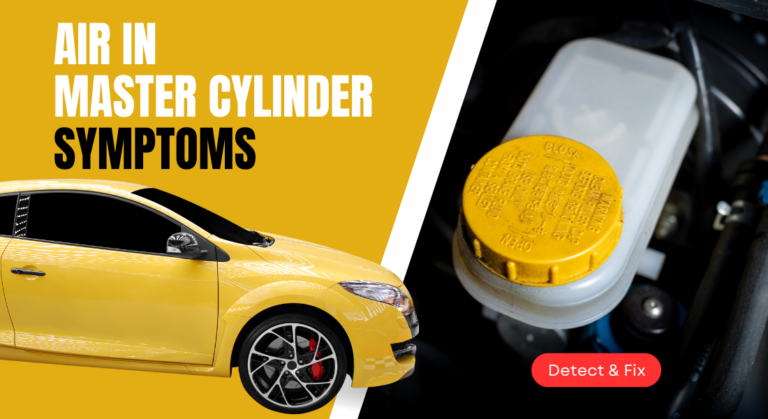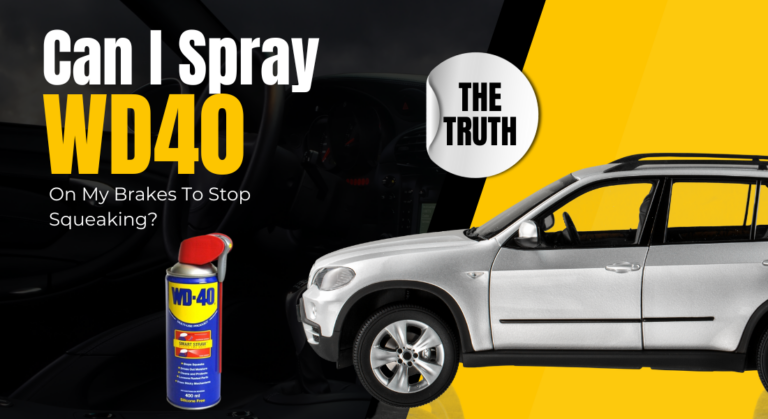Parking Brake Before or After Park: When to Apply? Right Way
Parking brakes are also known as emergency brakes. It looks like early car makers had a backup plan for stopping their rides. However, they couldn’t decide on a name, but at least they’re maintaining the same function.
It is critical to ensure the balance and safety of your parked vehicle. However, a beginner may be confused about whether to engage the parking brake before or after park.
Nonetheless, either case should consider a few important points in this argument. We’ll discuss the benefits and downsides of both methods and when to apply the parking brake in this article.

When To Apply Parking Brake Before or After Park? Choose The Right Way
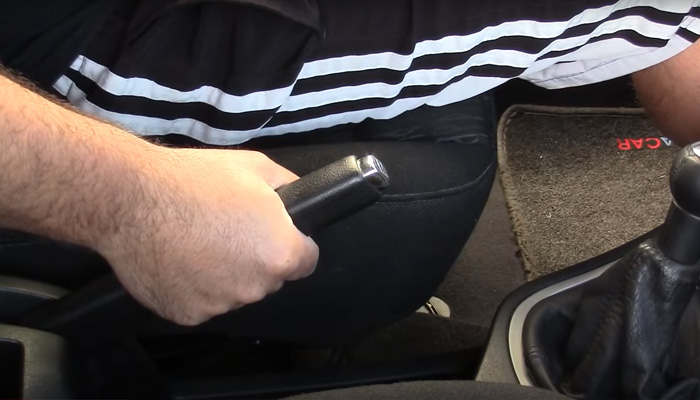
A lot of drivers keep their vehicles in the park until putting on the emergency brake. That’s not right. Using the main brake, emergency brake, park, and engine off is the proper way to stop a car. Keep in mind that damaging your car by driving with the emergency brake active is a real possibility.
When you park, your car is more stable if you always use the emergency brake. Putting on the emergency brake additionally keeps the car in mint condition. If you don’t use your emergency brakes, it can result in corrosion and make it impossible to operate in a crisis.
Trying out these (our pick) brake shoes will help you avoid such unexpected crises at all times.
Putting On the Parking Brake After Putting the Car in Park
After putting the car in park, it has been common practice to set the parking brake. People who like this idea say that it makes parking safer by adding an extra step.
By putting the car in the park first, you depend on the transmission’s mechanical locking system to keep the car from moving. Then, putting on the parking brake is an extra way to keep the car safe, especially in sloped areas.
This system reduces parking brake strain by distributing the vehicle’s weight on the park gear. By doing this, you might be able to keep the parking brake system from wearing out as quickly over time.
You could also refer to this video for a clear idea.
Applying the Parking Brake Before Shifting into Park
Some people say that putting on the parking brake before moving into the park is safer than just depending on the parking gear. They stress how important it is to use the parking brake as a safety to keep the car from moving by mistake.
This is especially important on steep slopes or when stopping on slick surfaces, where the park gear alone might not be enough to keep the car stable.
The parking brake holds most of the car’s weight. Therefore, put it on before parking. This makes the park gear and the device that locks the gearbox less stressed. The parking brake stops the car even if the engine fails. This adds safety.
You could also refer to this video for a clear idea.
Factors to Consider While Using Parking Brake
It’s vital to consider various considerations before using the parking brake. Some important considerations are listed below:
Manufacturer Recommendations
It’s best to check the owner’s guidebook of the car to see what the manufacturer says about the parking brake. Based on how their cars are made and how they work, different car makers may have different suggestions.
Parking Surface
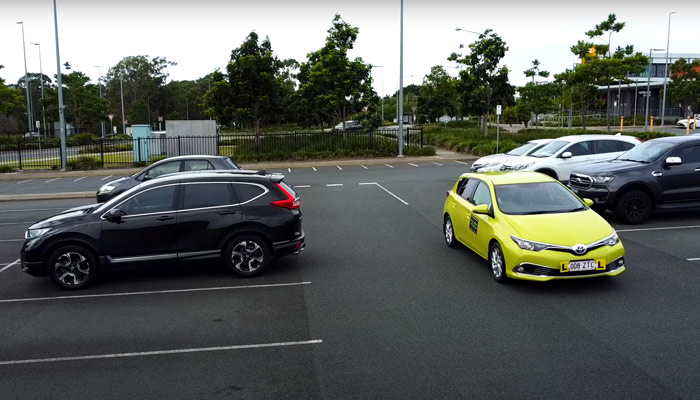
The type of surface you’re parking on can affect your choice. If you’re stopping on a flat, level area, you might only need to use the park gear. But if you park on a slope or an area where the car could easily roll away, you have to use the parking brake.
Personal Preference
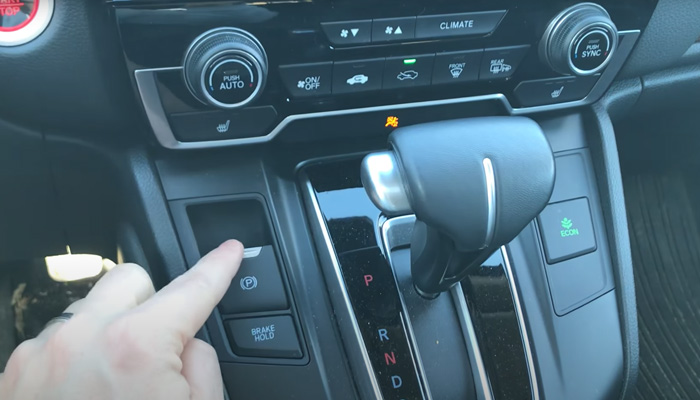
Ultimately, personal choice affects parking brake use. While some drivers feel more secure using the parking brake after shifting into the park, others are more comfortable with using it before. You can find out which way makes you feel safer by trying both of them out in different settings.
Read Also: Master Cylinder Failure After Brake Job: The Causes & Fixes
What to Do if Your Parking Brake Is Stuck?
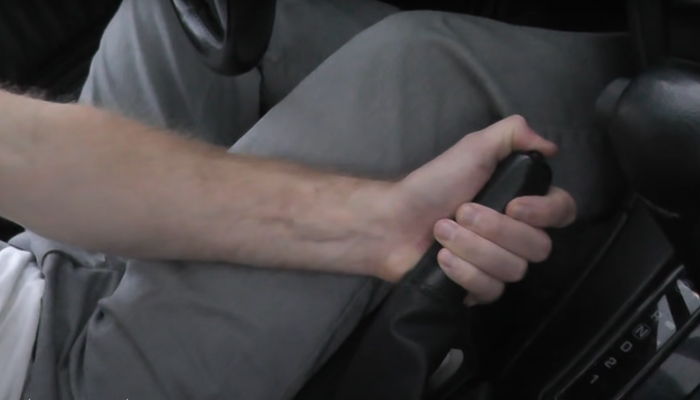
Because of the weather and other things, the parking brake on your car can become stuck over the years. It’s not a good idea to repair a locked parking brake yourself.
Unfortunately, figuring out and fixing parking brake issues can be difficult without the correct tools and equipment. We suggest that you ask a mechanic to check out and fix the problems with your car’s parking brake.
Here’s what should be done if an unexpected situation arrives:
- If the parking brake isn’t working, you should use wheel chocks on the wheels that aren’t stopping the car
- Second, raise the car using jack supports and a jack
- Take off the wheel and find the brake’s connection or motors
- Figure out what is making the parking brake stuck or jammed
- Service, fix, or change the parts of the parking brake depending on what the problem is
- Put the tires back on the car and lower it downwards
- Use the hand stop, foot pedal, or electric park brake button to see if it works as it should
FAQs
Now that you know how parking brakes work, here’s some important information you might find helpful.
How Is Putting The Car In A Park Different From Using The Parking Brake?
“Park” stops the engine from moving, and the parking brake keeps one or more wheels from turning.
How Much Time Can My Parking Brake Be On?
If your car won’t stop, gently pull towards the emergency brake button or squeeze the pedal. Only keep your parking brake activated overnight.
What If You Miss Switching Down The Parking Brake?
If you ignore pulling out a fully working parking brake before driving, the brake pads or shoes rubbing on the discs or drums can create a lot of temperatures.
Read Also: Can Worn Brake Pads Cause ABS Light to Come On?(Find Now)
Conclusion
The question of whether the parking brake before or after park: when to apply varies on a number of things and your own choices. Putting on the parking brake after putting the car in park is the usual way to do it, but both methods have their benefits.
Your parked car’s safety is the aim. Don’t forget to think about the ground, the slope, and the specific directions in your car’s guidebook. These instructions will help you make a wise choice and safely activate the parking brake. Goodbye, and be safe on the road!

Meet Zayan, the mechanical genius behind the highly acclaimed brakes problems and solutions website. With over a decade of hands-on experience in the automotive industry, Zayan has become a trusted authority in the realm of brake systems.
His passion for cars, coupled with his expertise in solving complex brake-related issues, has earned him a devoted following of car enthusiasts, mechanics, and everyday drivers seeking reliable guidance.

